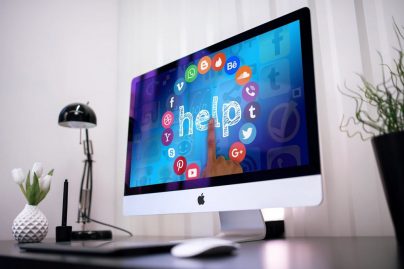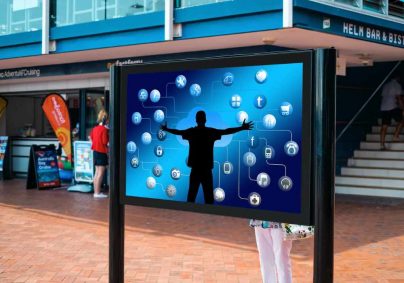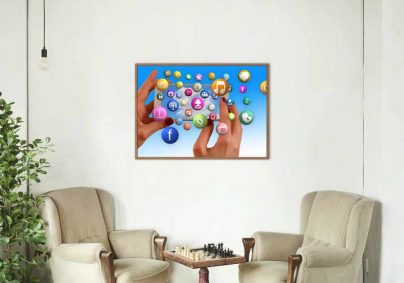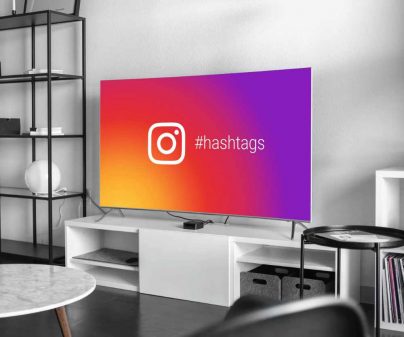Social media platforms can proudly claim the status of the biggest disruptive innovation to impact the world of marketing, branding, and advertising in recent times. However, not all aspects of such disruption have been positive or beneficial for marketers as well as the audience.
Social platforms have blurred the lines separating B2B and B2C marketing, which means creating a message targeting either or both audiences has become a lot tougher for social marketers.
Keep these points in mind when formulating a strategy and creating content to market your product or service or brand to the ‘B’ and the ‘C’ of the social media world.
B vs C—Fundamentally Different
The basic purpose or primary objective of any business is higher profits, either through more sales or through lower costs. Your B2B message, in order to succeed, must focus on one or both these objectives.
An individual, on the other hand, is a more complex animal motivated by reasons that may not make sense all the time. Marketing to such an audience can be tough and easy at the same time. Understand him or her right and your message will shine through with minimum effort. Conversely, get it wrong and you are in for a really tough time.
Results vs. Experience
Now, this is not written in stone and a lot depends on the preferences of your specific target audience.
Generally, B2B marketing should be oriented towards results, which means the business representative reading your message should be in a position to share actionable inputs with his/he boss or colleagues.
So, a dry and short video or just an infographic conveying all relevant info about your product or service may be enough. A consumer, on the other hand, may not appreciate such a business-like approach. You may need to explore multiple channels of content to create sustainable engagement.
Role of Social Influencers
A good word from a reputed social influencer may do wonders for your B2B strategy, especially during times of economic hardship or uncertainties. The cost of a wrong decision can be disastrous for businesses, which is why they may be more amenable to trustworthy recommendations.
Individual consumers too may rely on influencers, although they may not hesitate to experiment or take a contrarian approach since they stand less to lose as compared to a business consumer.
Creating a cohesive campaign that’s B2B and B2C is not an impossible task. You just need to understand how these two audiences differ and explore the nuances accordingly.









